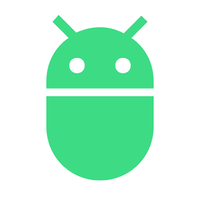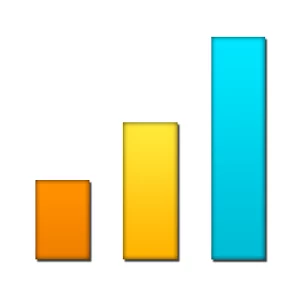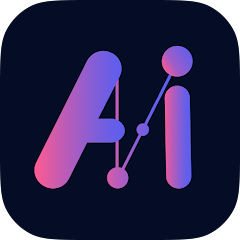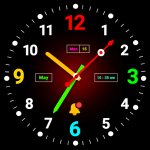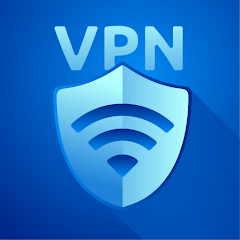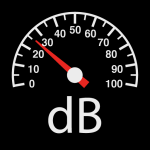Introduction:
In the vast ocean of digital tools and applications, one particular gem stands out for its efficiency and versatility – the ADB Shell. Developed by ColorBox Technology, this application serves as a powerful adb shell and toolbox, earning its reputation as the Swiss army knife of digital utilities. With its comprehensive features, ADB Shell aims to simplify and enhance various aspects of our digital lives. A toolbox so beautiful that it could not have been carved any better by Michelangelo. The options that ADB Shell provides for a toolbox are rather extensive. This program is your one-stop solution for launching, downloading, uninstalling, forcing a halt, clearing data, disabling, and enabling applications. It even allows for device administration, taking snapshots and offering an overview of the programs that are now operating. It also offers a wide range of file management features, such as the ability to push, pull, open, and delete distant files. Would you want to view a remote video file? You are covered by it. It has also been observed working double duty as a TV remote control. Not to mention its ability to monitor the system and enter text. Would you want to see the system and prop details? And guess what? It also does that!
What is ADB Shell?
ADB Shell is a multifunctional application designed to provide users with advanced control over their Android devices. It serves as a command-line interface to communicate with the Android operating system, enabling users to execute a wide range of commands directly from their computers. Essentially, ADB Shell acts as a bridge between the user’s computer and their Android device, facilitating tasks such as debugging, app installation, file management, and system configuration. It’s like delving into a vast ocean full of hidden treasures while discussing the shell characteristics of the ADB Shell. From Android 4.X to the most recent Android 13, it supports Android versions. Pair mode on a wireless device? Verify. Wireless adb WiFi? Verify. Adb local shell? Indeed! But it doesn’t end there. It includes associative input, autosaving outputs, and sharing outputs with friends. A fascinating past? Not a dramatic tale, please; multi-window support, rapid copy commands, and command history. Running in the background and supporting color text are also supported. In addition to premade instructions, it is also your helpful counselor, offering suggested files and commands. The icing on the cake is your hardworking logger who is helping logcat.
Features:
- Versatility: ADB Shell offers a broad spectrum of functionalities, making it suitable for various purposes, including development, troubleshooting, and customization.
- Remote Access: Users can remotely access their Android devices from a computer using ADB Shell, allowing for seamless interaction and control, especially useful for developers and tech enthusiasts.
- Debugging Tools: ADB Shell provides robust debugging tools, enabling users to diagnose and troubleshoot issues with their Android applications and system processes efficiently.
- File Management: With ADB Shell, users can manage files on their Android devices directly from their computers, including copying files, installing applications, and accessing system directories.
- System Configuration: ADB Shell allows users to modify system settings and configurations through command-line commands, offering greater control over the device’s behavior and performance.
- Custom Scripting: Advanced users can leverage ADB Shell to create custom scripts and automate tasks, enhancing productivity and efficiency.
- Compatibility: ADB Shell is compatible with a wide range of Android devices and versions, ensuring broad accessibility and usability across different platforms.
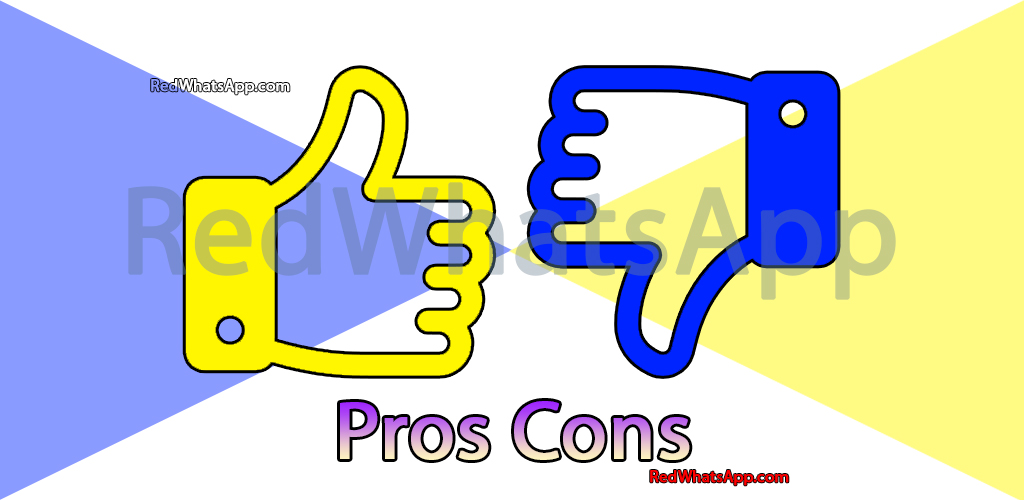
Pros:
- Versatile Functionality: ADB Shell offers a wide range of functionalities, from debugging to file management, catering to the diverse needs of users.
- Remote Access: Users can remotely access their Android devices from a computer, providing convenience and flexibility, especially for developers and tech-savvy users.
- Efficient Debugging Tools: ADB Shell provides powerful debugging tools, enabling users to diagnose and troubleshoot issues with their Android applications and system processes effectively.
- File Management: With ADB Shell, users can manage files on their Android devices directly from their computers, simplifying tasks such as file transfer and application installation.
- Custom Scripting: Advanced users can leverage ADB Shell to create custom scripts and automate tasks, enhancing productivity and efficiency.
- Open Dialogue: ADB Shell encourages open communication and feedback from users through its Github page and email support, fostering a sense of community and continuous improvement.
Cons:
- Technical Complexity: Some features of ADB Shell may be complex for novice users to understand and utilize fully, requiring a learning curve.
- Risk of Misuse: Due to its extensive control over Android devices, there is a risk of misuse if not used carefully, potentially leading to unintended consequences or security vulnerabilities.
- Dependency on Command Line: ADB Shell primarily relies on command-line interface, which may not be as intuitive or user-friendly for some individuals accustomed to graphical user interfaces.
- Compatibility Issues: While ADB Shell is compatible with a wide range of Android devices, occasional compatibility issues may arise with certain device models or software versions.
- Limited Support: Despite the open communication channels, support resources for troubleshooting issues or resolving queries may be limited compared to more mainstream applications.
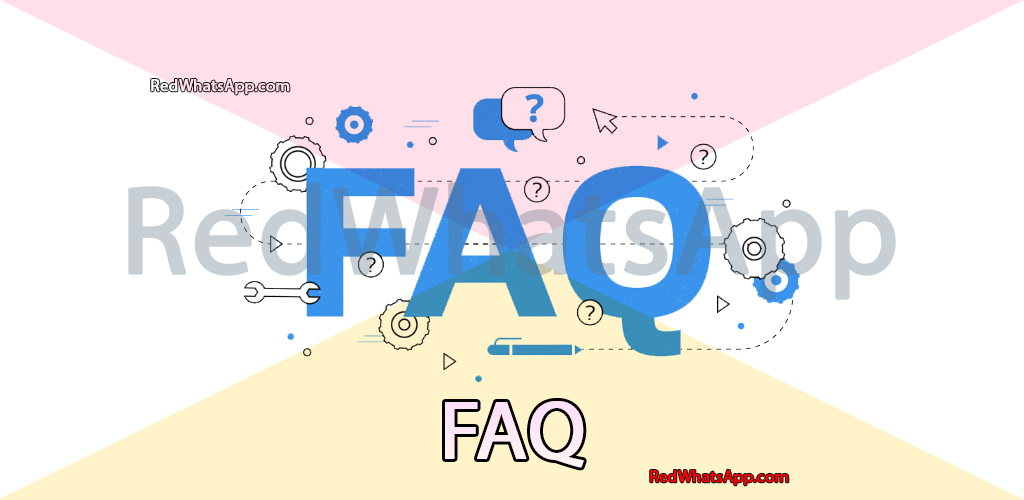
FAQs About ADB Shell:
1. What is ADB Shell?
- ADB Shell is a versatile application developed by ColorBox Technology, serving as a powerful adb shell and toolbox for Android devices. It enables users to execute commands, manage files, debug applications, and more directly from their computers.
2. How do I enable ADB Shell?
- Enabling ADB Shell is simple! You can follow the detailed tutorial available on Github (https://github.com/jarhot1992/Remote-ADB/blob/main/md/tutorials.md) to walk you through the process step by step, regardless of your skill level.
3. What can I do with ADB Shell?
- ADB Shell offers a wide range of functionalities, including remote access to Android devices, efficient debugging tools, file management capabilities, custom scripting, and system configuration.
4. How can I provide feedback or get support for ADB Shell?
- ADB Shell values open communication and encourages users to share their thoughts, suggestions, or issues through its Github page (https://github.com/jarhot1992/Remote-ADB) or via email at [email protected].
5. Are there additional resources available for ADB users?
- Absolutely! ADB Shell recommends exploring the Awesome-adb compilation (https://github.com/mzlogin/awesome-adb/blob/master/README.en.md) for a wealth of ADB-related resources and tools to enhance your knowledge and skills.
Additional Resources:
Additional Resources: Because Knowledge is Power
- ADB Shell doesn’t just excel as a utility; it also encourages growth and learning. Explore the Awesome-adb compilation (https://github.com/mzlogin/awesome-adb/blob/master/README.en.md) for a curated list of ADB-related resources and tools, akin to having a knowledgeable tour guide on your digital journey.
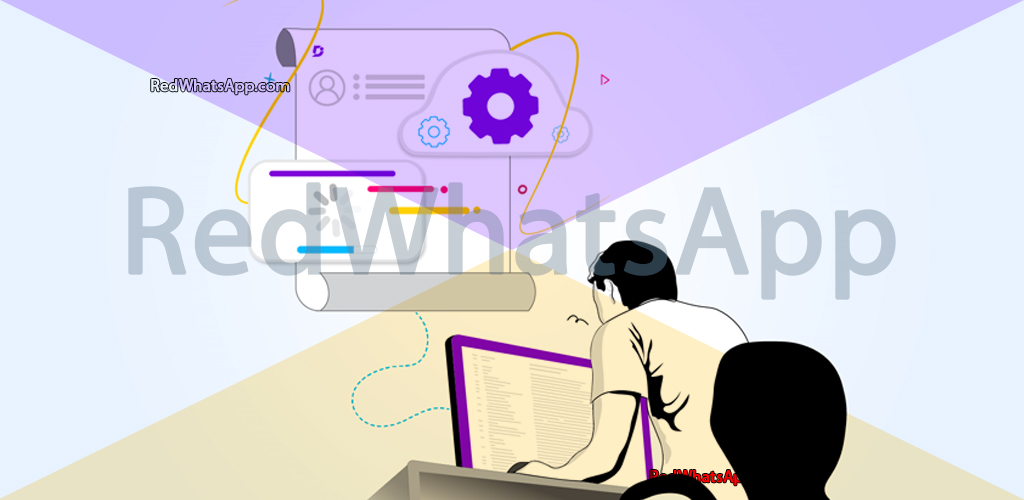
Installation Guide for ADB Shell:
1. Download ADB Shell:
- Visit the official website of ColorBox Technology or a trusted app store to download the ADB Shell application. Ensure that you download it from a reliable source to avoid any security risks.
2. Enable Developer Options on Your Android Device:
- Open the Settings app on your Android device.
- Scroll down and tap on “About phone” or “About device.”
- Find the “Build number” entry and tap on it multiple times (usually seven times) until you see a message confirming that you have enabled Developer Options.
3. Enable USB Debugging:
- Now, go back to the main Settings screen and tap on “Developer options.”
- Scroll down and find the “USB debugging” option. Toggle it on to enable USB debugging mode.
4. Connect Your Android Device to Your Computer:
- Use a USB cable to connect your Android device to your computer.
5. Install ADB Drivers (If Necessary):
- In some cases, your computer may require ADB drivers to recognize your Android device. If you encounter any issues with device detection, download and install the appropriate ADB drivers for your device from the manufacturer’s website.
6. Launch ADB Shell:
- Once your device is connected and recognized by your computer, open the ADB Shell application on your computer.
7. Grant USB Debugging Permission (If Prompted):
- If this is the first time you’re connecting your device to your computer for debugging, you may receive a prompt on your device asking for permission to allow USB debugging. Tap “OK” or “Allow” to grant the permission.
8. Start Using ADB Shell:
- Congratulations! You have successfully installed and set up ADB Shell on your computer. You can now use it to execute various commands, manage files, debug applications, and perform other tasks on your Android device from your computer.
Conclusion:
In conclusion, ADB Shell emerges as a indispensable tool for Android users, offering a plethora of features and functionalities to streamline and enhance their digital experience. Developed by ColorBox Technology, this versatile adb shell and toolbox empowers users with advanced control over their Android devices, from debugging and file management to system configuration and remote access. With its user-friendly interface and comprehensive capabilities, ADB Shell truly earns its title as the Swiss army knife of digital utilities, providing a powerful solution for developers, enthusiasts, and everyday users alike.
